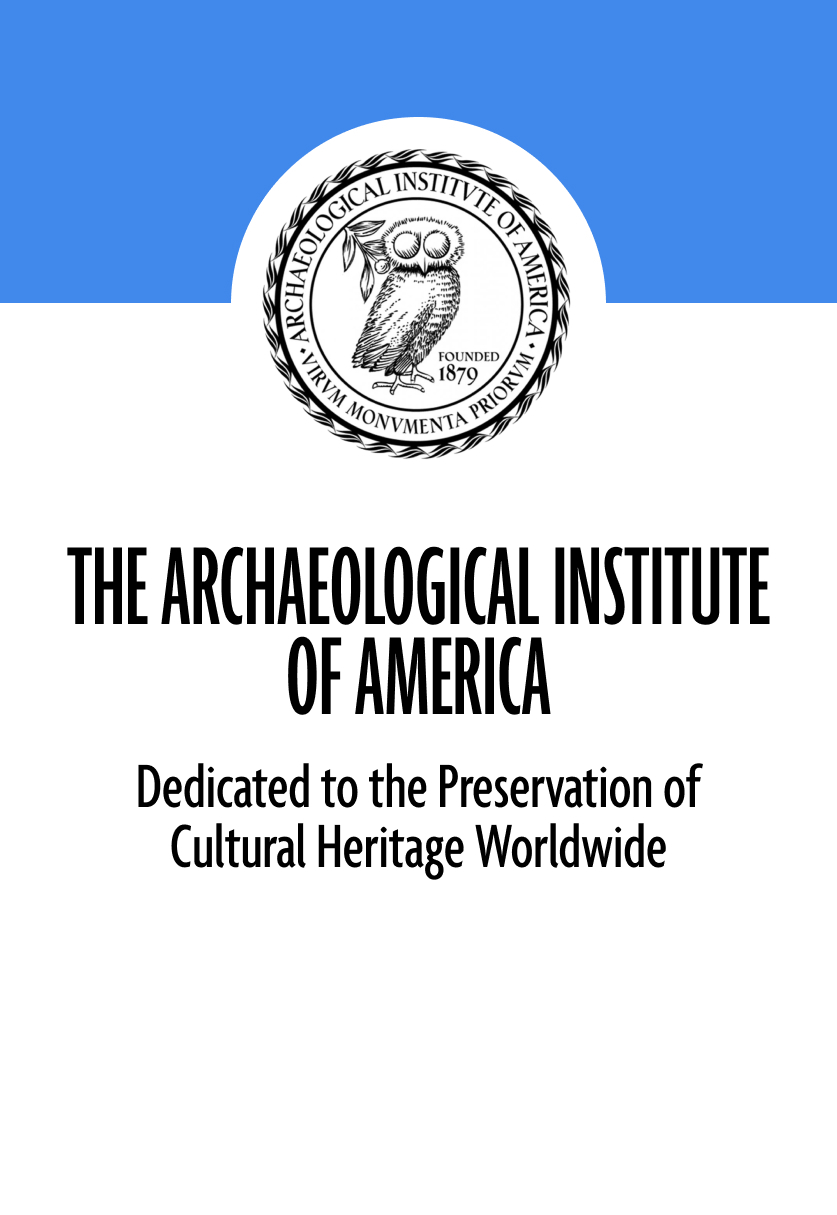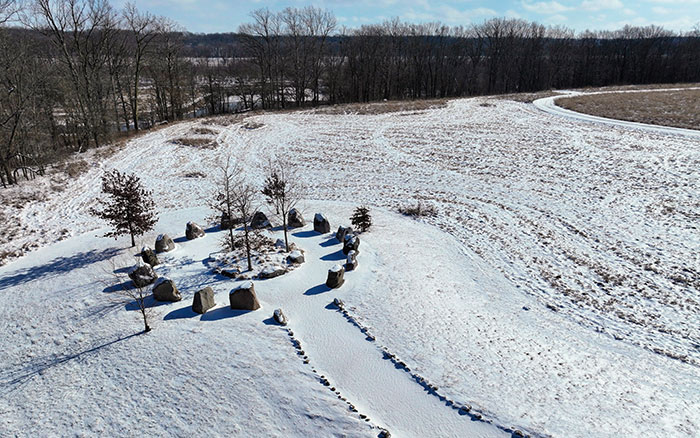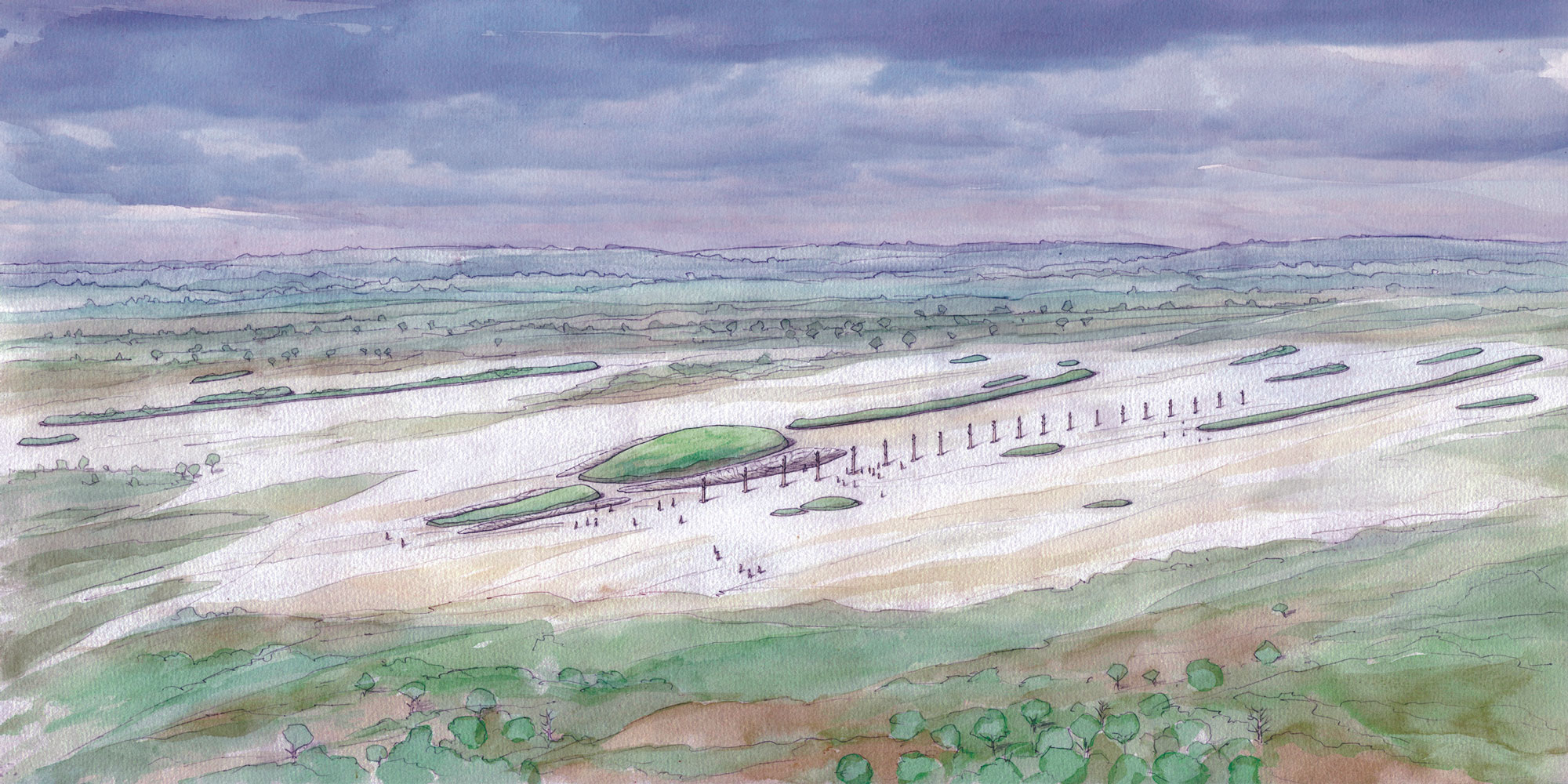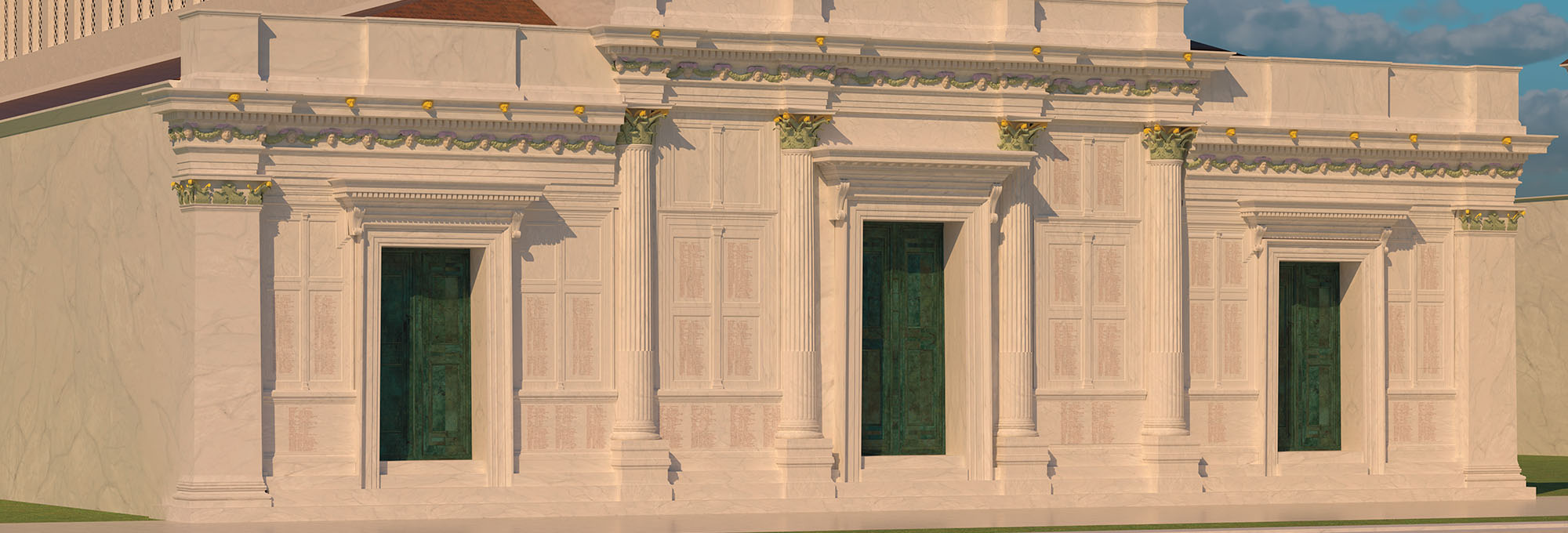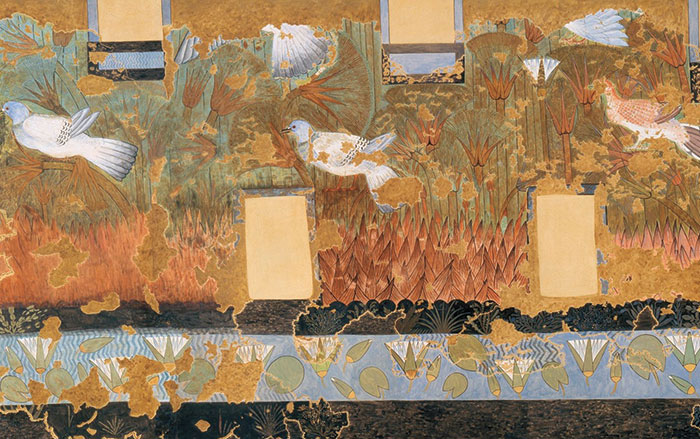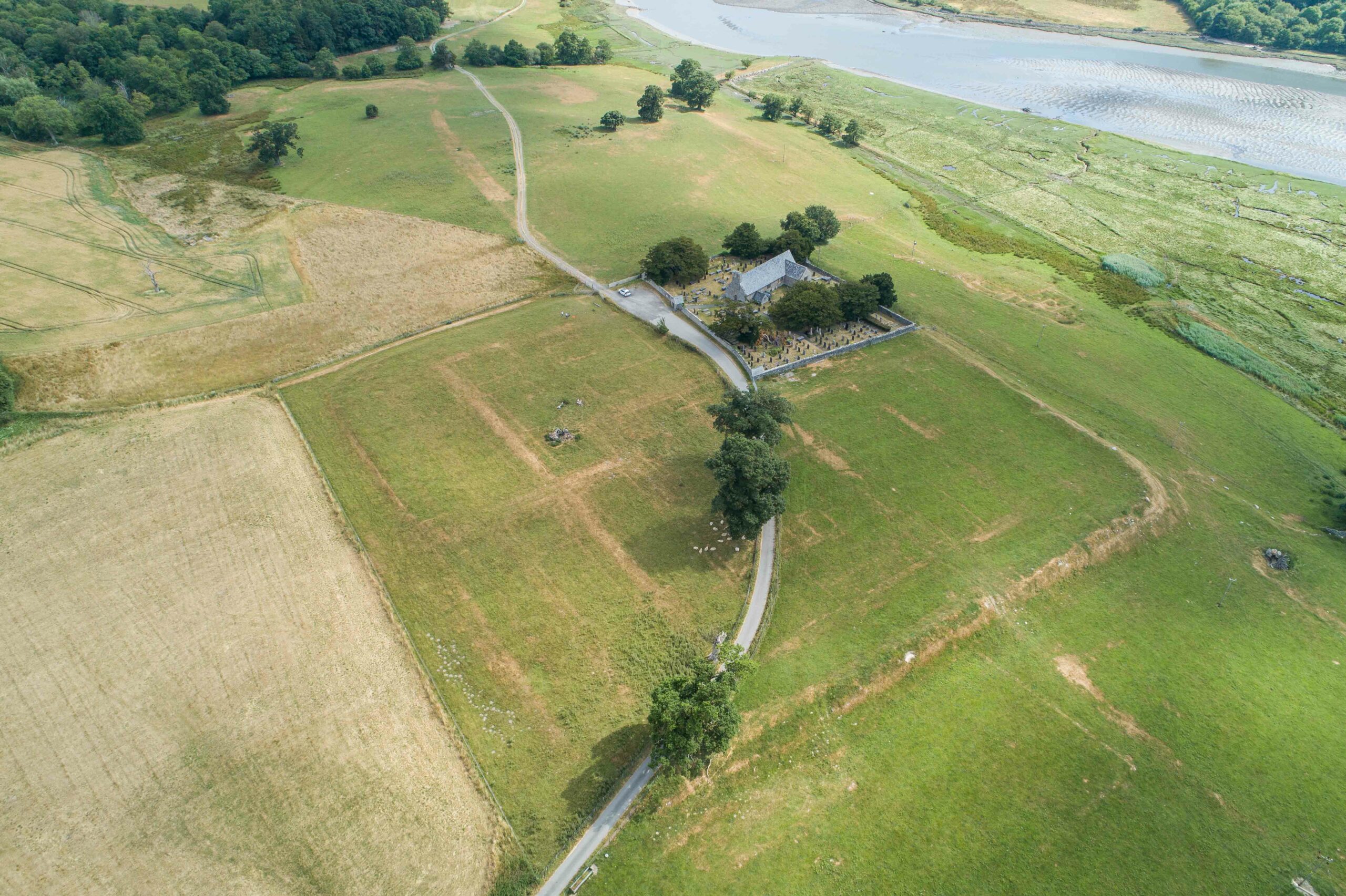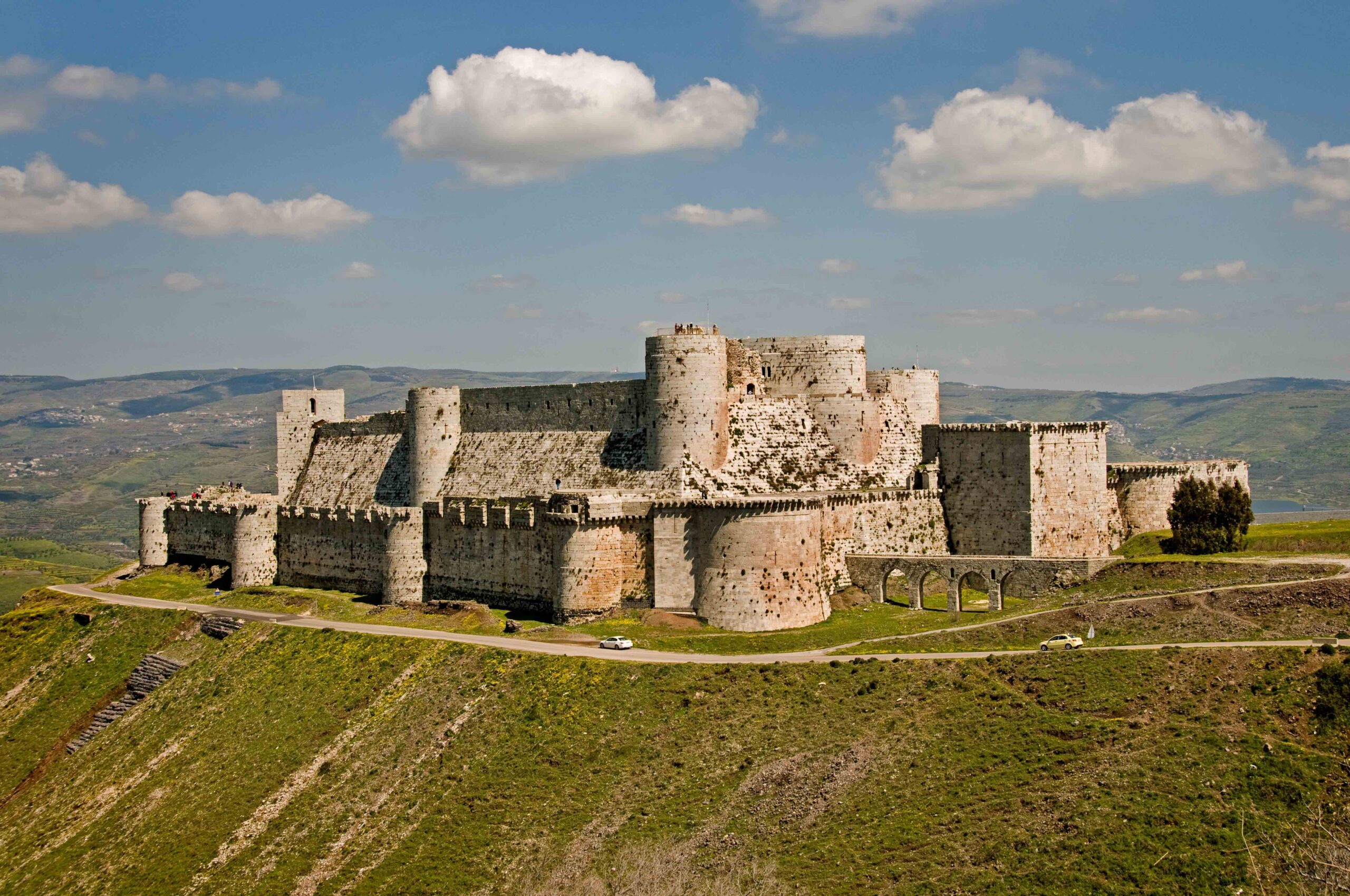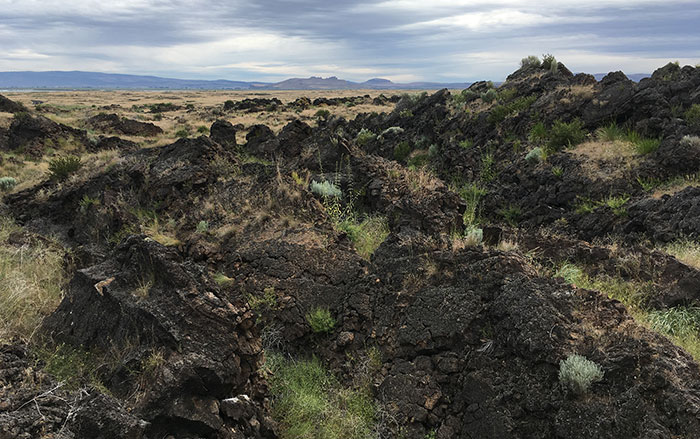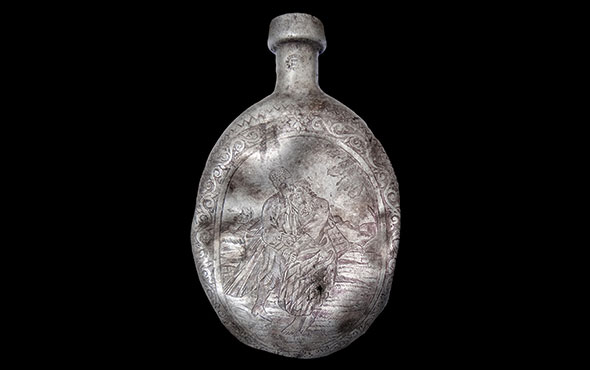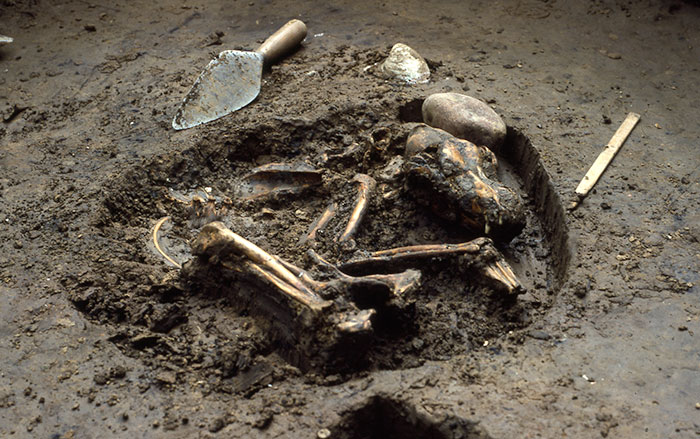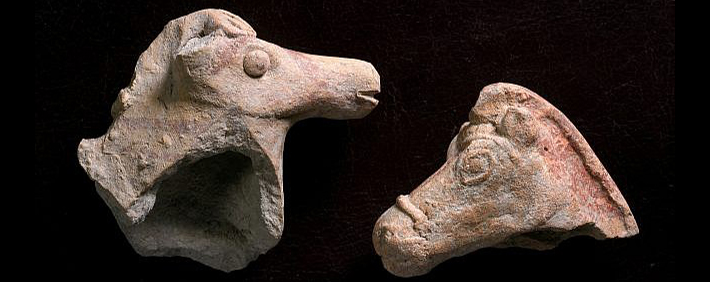
HAIFA, ISRAEL—The Times of Israel reports that two figurines depicting horse heads uncovered by recent heavy rains have been discovered at separate locations in northern Israel. One of the figurines is thought to be about 2,800 years old, and the other around 2,200 years old, based on their styles. The older figurine, which dates to the Israelite period, was found in the Beth Shean Valley. Its bridle and reins, and the left hand of a rider were marked with red coloring that is still visible. The younger figurine, recovered at Tel Akko, dates to the Hellenistic era. Red pigment was also used to depict reins and a harness on it. Adi Erlich of the University of Haifa said horses in the Levant during these periods would have been associated with strength and military might, and would have been used for travel rather than farming. Statues of horses were thus likely to have been created to honor the rider, she explained. To read in-depth about depictions of horses in the archaeological record, go to “The Story of the Horse.”
